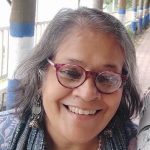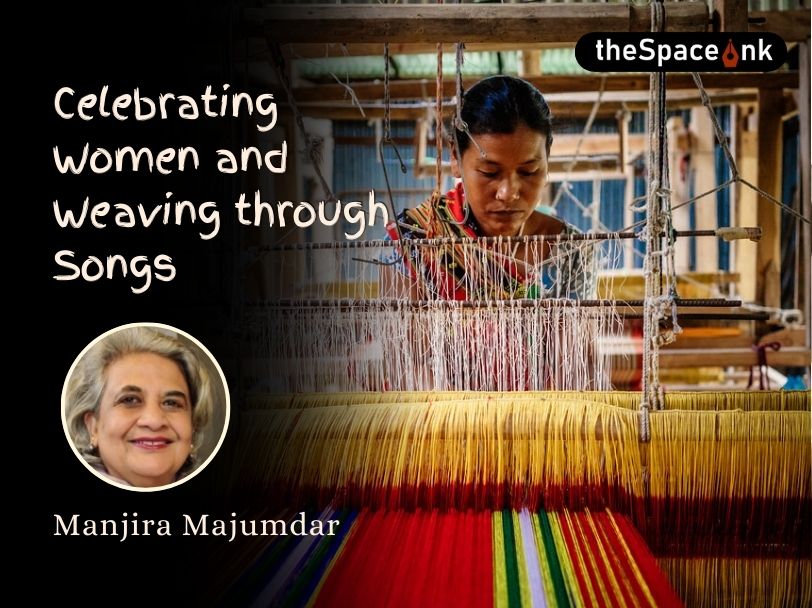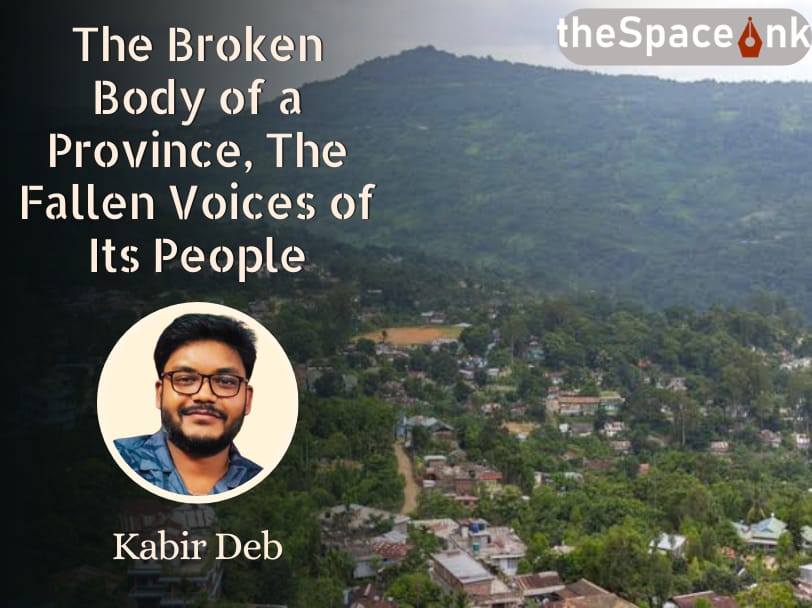It was sometime during the 1850s, when Pandit Ishwarchandra Vidyasagar, suffering from intense migraine and other ailments, was advised by his friend and well-wisher Babu Dr. Rajendralal Dutta to take homeopathic treatment as conventional medicines had failed to cure him. Pandit Vidyasagar was miraculously cured. Babu Dr. Rajendralal Dutta (also known as Rajen Dutta), an aristocrat who studied homeopathy from the Germans and the French, following Hahnemann’s ideology, not only treated and cured Pandit Ishwarchandra Vidyasagar but also several other illustrious persons including Raja Sir Radhakanta Dev.
Pandit Vidyasagar, the celebrated scholar, educator and a key figure of the Bengal Renaissance was born into the Bandyopadhyay family in the village of Birsingha in Midnapore district of West Bengal in 1820. Pandit Vidyasagar’s erudition and analytical brilliance helped him develop the right perspectives for an educationist and a social reformer; on the other, his extraordinary qualities of the head and heart, helped him become a humanist and a philanthropist. All these qualities also found reflection in something about which Pandit Vidyasagar is not too well known— his pioneering role in popularising homeopathy as a system of medical treatment, mainly for the benefit of the poor people and for those unable to bear the high costs of conventional medical treatment. He was convinced that the poor and the downtrodden needed medical aid for curing their illnesses and at a cheaper cost. And he believed homeopathy was the answer.

Babu Dr. Rajendralal Dutta’s earlier successes with other patients and in treating Pandit Vidyasagar, and on the latter’s insistence, renowned practitioner Dr. Mahendralal Sircar switched over to homeopathy, with a number of other allopathic practitioners following his footsteps.
These events had a lasting effect on Pandit Vidyasagar. On the one hand, even though he was not a qualified physician, his erudition helped him immerse himself in serious studies and research on homeopathy.
The first account of Ishwarchandra Vidyasagar’s homeopathic practice can be traced to 1864 when the first Metropolitan School was founded in Kolkata. He treated students of this school and young people in its neighbouring areas. Pandit Vidyasagar’s focus on students and young people was perhaps based not only on his easy access to them as students of the Metropolitan School, but also because he felt that he could impress upon their fertile minds the potential of homeopathy as a low cost means to avail treatment for various ailments.
Many of his patients were suffering from diarrhoea which had assumed an epidemic proportion, in several parts of old Kolkata during that period. Documentary evidence in the form of some sketchy case histories on his patients shows that he maintained a diary of sorts; these were written in English.

With the help of his youngest brother Ishanchandra, whom he encouraged to take up homeopathy, Pandit Vidyasagar began treating people of Birsingha, their ancestral village, now in West Bengal’s Paschim Medinipur district, and gave them the benefits of medical treatment they had never received earlier. Pandit Vidyasagar used to tell Ishanchandra “Homeopathy alone is the poor man’s cure… allopathy is too expensive…” Ishanchandra served the people of Birsingha as a homeopath for 38 years till his passing in 1903.
Pandit Vidyasagar’s life in Kolkata had become very stressful with the society’s opposition to his various endeavours aimed at the well-being of women. Moreover, he was facing severe health problems due to a serious liver injury sustained in 1866 in a horse carriage accident. He wanted to retire to some place outside Kolkata where he could rest, live in solitude and get mental peace.
With the help of his youngest brother Ishanchandra, whom he encouraged to take up homeopathy, Pandit Vidyasagar began treating people of Birsingha, their ancestral village, now in West Bengal’s Paschim Medinipur district, and gave them the benefits of medical treatment they had never received earlier.
In 1873, he bought a house in Karmatanr, where he stayed for the next 18 years, visiting Kolkata only when necessary. Karmatanr was a small tribal hamlet with a mixed population comprising Hindus, Muslims, Kahars, Mandals, Suris, Ghatwals and Santhals who formed the majority. Even though he got the much desired rest and peace of mind, he did not, however, remain inactive. He set up a charitable dispensary on his own property at Karmatanr, treated people belonging to tribal communities in Karmatanr and its surrounding areas, and would often walk long distances to personally attend to them in their villages. He maintained a diary with details about all his patients. Interestingly, this diary was found amongst the personal effects of another great man, Rabindranath Tagore, and is today preserved in the archives of the Rabindra Bharati University’s museum.

This diary shows how he had become more systematic in noting and recording chronic as well as temporary symptoms in his patients. The contents reveal how Pandit Vidyasagar painstakingly tried to become conversant with the homeo-philosophy and practice of the founder of homeopathy, Dr. Samuel Christian Friedrich Hahnemann. Interestingly, they also reveal that the treatment he offered his patients could be categorised as being based on (a) chronic symptoms, (b) temporary symptoms, (c) constitution-based symptoms, and (d) symptoms for ailments which could be related to the soil and the environment. It is remarkable how in those days, Pandit Vidyasagar could relate health problems to issues of the soil and the environment. He treated his patients free of cost, and all incidental expenses incurred in treating them were also borne by him.
One finds Hara Prasad Shastri’s ( renowned academic and archivist) account more interesting! During his brief, one-day stay, he suddenly realised that Pandit Vidyasagar had disappeared and was nowhere to be found, and, on scrutiny, only the back-door to his house was found open. When he returned after a few hours, he said that he had gone to treat a patient whose nose bleeding had stopped after he had taken only one dose of a homeopathic medicine; he also said that compared to patients in Kolkata, his patients in and around Karmatanr responded much better to his treatment because of their overall lower intake of medicines and lower resistance. This visit required a walk of at least three miles, and even though Pandit Vidyasagar attended to most patients at his dispensary at ‘Nundun Kanun’, he often had to walk distances longer than three miles, spend sleepless nights and even nurse patients who required his care and attention; very often, he even carried food for them. He clearly realised that Karmatanr and its surrounding areas offered no facilities for medical treatment, and that their poor inhabitants could not in any way afford visiting Madhupur, Jamtara or Deoghar and avail of the medical facilities these three towns offered. His third brother, Shambhu Chandra Vidyaratna, who visited him in 1875, wrote: “From early morning till 10 am, elder brother (Vidyasagar) attends to Santhal patients and treats them by the homeopathic system and he supplies himself their diet of sago, light fluffed sugar (batasa) and sugar-candy.”

Ishwarchandra Vidyasagar’s love for the poor and the underprivileged inspired his nephew Pareshnath Banerji (1891 – 1971) who, based in Mihijam, near Karmatanr since 1919, became a legendary homeopathic practitioner attending to thousands of patients daily. He treated his patients free of cost; for patients who came from distant places, he offered free meals.
The findings of Krishnachandra Ghoshal of Patna, who had served as the Postmaster at Karmatanr’s post office in the 1940s, in this article ‘Vidyasagar O Karmatanr’ in the Bihar Bengali Samiti’s ‘Sanchita’ magazine of November 15, 1973, corroborated by the Samiti’s own findings and interactions with local people when it took over the ‘Nundun Kanun’ in 1974, and finally, the experiences of those present there in 1993 when the Vidyasagar Smritiraksha Committee installed a bust of Pandit Vidyasagar, all reveal clearly a bonding based on the deepest love and intimacy between him and Karmatanr’s tribal people who treated him like a god.
After Rajendralal Dutta, Pandit Vidyasagar and Dr. Mahendralal Sircar, many others contributed to the development and spread of homeopathy, like Dinabandhu Nyayaratna, Binodbihari Mukhopadhyay, Nabagopal Ghosh, Sashibhusan Biswas, Piyarilal Sarkar, Kalikrishna Mitra of Barasat, Dr. Biharilal Bhaduri, Bhudeb Mukhopadhyay, Loknath Mitra of Varanasi and of course Pareshnath Banerji ( Vidyasagar’s nephew) of Mihijam, the latter carrying forward the legacy of his family.
Sources:
- The Golden Book of Vidyasagar
- Ensemble, A bi-lingual peer reviewed academic journal, Vol 1 Number2, September, 2019
- Papers prepared by former Public Relations Consultant, Sujoy Ghosh for late Dr. Pratip Banerji.
Images courtesy: The Edition, Facebook
Arundhati Gupta is a Kolkata based food enthusiast, communications consultant, freelance writer and a translator.









One Response
Beautifully written ❤️